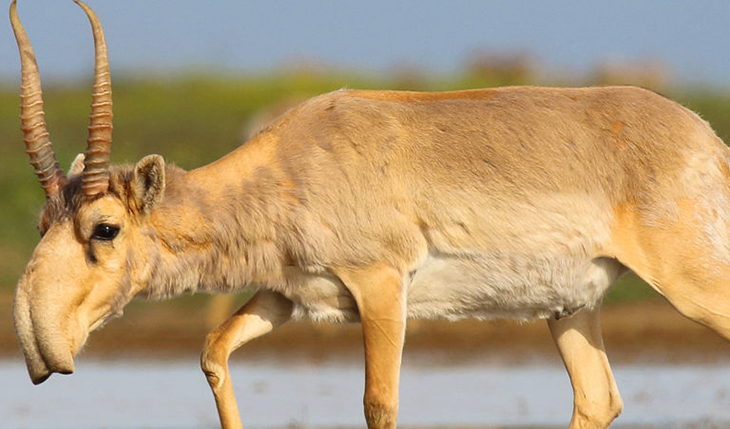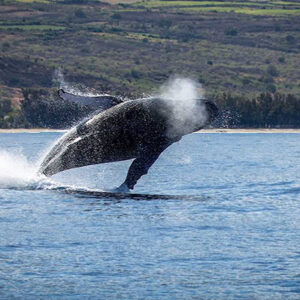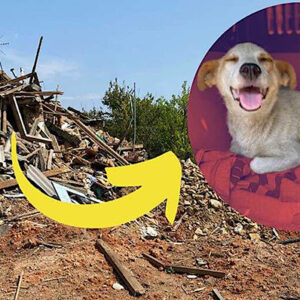
Years of dedicated efforts by both national and international conservation collaborators have yielded remarkable results for the saiga, a captivating species that was on the brink of extinction until recently.
The saiga, once deemed critically endangered on the IUCN Red List, has now been reclassified as near threatened, marking a significant turnaround in its conservation status. This shift is a testament to the substantial increase in saiga populations, particularly notable in Kazakhstan, where numbers have surged from a perilously low 48,000 individuals in 2005 to an impressive over 1.9 million.
The revival of the saiga population is a triumph intertwined with the vast and storied history of the Central Asian steppes, where countless civilizations and cultures have traversed over the ages. Among the many inhabitants of this landscape, the saiga stands out with its distinctive features, including its iconic downward-facing nostrils and striking, ringed horns adorning the males. These unique characteristics hint at adaptations for speed and cold climates, while also serving as potential signals for mating.
The resurgence of the saiga owes much to a collaborative endeavor described by Fauna and Flora International as a genuine partnership involving governmental bodies, research institutions, and conservation non-governmental organizations. However, this journey to recovery has not been without its challenges, with recurring outbreaks of diseases among the primary hurdles.
While Kazakhstan serves as the primary stronghold for these saiga populations, the species extends its range into neighboring countries like Russia and China. Notably, China has afforded the saiga similar protection measures as other iconic and endangered species such as giant pandas and tigers, underscoring the global significance of conserving this remarkable antelope species.
“Saiga have been roaming in the Eurasian steppe territories for thousands of years, way before our current generation was born,” Samat Toigonbaev, Fauna & Flora Project Manager, Kazakhstan, shared.
“When staying in the steppe, I can sense that invisible feeling of pride the local people have towards saiga. Witnessing them running through the steppe in vast numbers again has been one of my brightest life experiences. And it is our utmost duty to conserve it that way.”
The Kazakh government has persistently enacted laws aimed at safeguarding the saiga antelope population. As evidenced by their latest actions in 2021, they established two additional protected areas spanning more than 1.5 million acres specifically dedicated to the conservation of these unique creatures. This demonstrates a continuous commitment to preserving the habitat and ensuring the survival of the saiga, reflecting the government’s recognition of the importance of biodiversity conservation and sustainable environmental practices.
“As one of the most successful recoveries of a terrestrial mammal ever recorded, this… illustrates how conservation can be effective if all parties collaborate with a strong mission and appropriate resourcing,” Vera Voronova, Executive Director of ACBK, a Kazakh national civil society organization that had taken part of the conservation efforts, said.
What are your thoughts? Please comment below and share this news!
True Activist / Report a typo


